The technological advancements of the world lead to the invention of different types of mass communication. Print, broadcast, transit, and digital media are the 4 major mass communication types.
Table of Contents
The different types of Mass Communication help us receive the information and keep us aware of all that is going on around the world. Today, we live in a very hyperconnected world, making the communication of events happening a very important part of our lives. As a result, we can now say that any event occurring in the US might have some effects worldwide.
However, the existence of mass communication has helped information reach faster and take action to avoid any risk. Mass communication has also given the unspoken, undervoices a voice and platform to speak up. It's helping people see and understand things from different perspectives. We are going to understand the different types of mass communication that currently exist.
What is Mass Communication?
Mass Communication can be understood as the process of sending, receiving, exchanging messages or information on a large scale to a wide number of people via the media. The transmission of messages to several people at the same time simultaneously is called mass communication. It entails using various forms of media technologies, of which journalism and advertising are a part.
Types of Mass Communication
Mass communication differs from other types of communication, like interpersonal communication and organizational communication. The study of mass communication is primarily concerned with how the content of mass communication persuades or otherwise affects the behaviour, attitude, opinion, or emotion of the people receiving the information.
The following are the various forms of mass communication media used to disseminate information across the world.
Print Media
Print media is amongst the many forms of conventional types of mass communications. It includes magazines, newspapers, weeklies, monthlies, books, novels, comics, journals, and publications. Journalism is the core of print media as it is based on the production and distribution of reports on events happening worldwide, be it for information or entertainment purposes.
Print media hasn't dropped its importance even with the introduction of digital platforms. Even today, people love reading the newspaper while slurping their tea and solving sudoku while travelling. In the times where people all around watch hours-long episodes of series on Netflix, people haven't lost their love for reading paperback novels. Thus one can see bookstores or libraries almost on every street.
The print media have now updated to publish their content on digital platforms as well. It has helped to have a wider outreach as every individual has access to mobile and the internet.
Broadcast Media
Broadcast media brought into existence a new era of mass communication and is one of the numerous types of mass media. The invention of the radio and television changed the world of journalism forever. This type of media comprises radio, television, recorded music, and movies. Music records, which developed in the 1870s, set off to be the first non-print form of mass communication.
Recording transitioned again in the 1950s with the invention of the LP (long play) vinyl record, then eight track-tapes, followed by vinyl and cassettes in 1965. Compact discs (CDs) followed were seen as the biggest invention in recorded arts since Edison.
Radio has been one of the oldest forms of mass communication which continues to exist. However, with the digital uprising, online radio channels have been brought to light, which has made them more accessible than FMs, which worked only on certain frequencies and network connections. The invention of the Kinetoscope by Thomas Edison brought the phenomena of motion pictures into existence.
Film and television are the most considerable sources of entertainment for more than 90% of people around the world. It is one of the most popular types of mass communication, which involves both audio-visual aspects of communication. Motion and sound, along with interactive storytelling, work in confluence to provide informative and entertaining content and remains the most trusted and popular platform for news, sports, and entertainment. Moreover, the TV and film industry contributes a lot to the employment sector and economy of countries.
Outdoor Media
Outdoor Media advertising is used by companies and brands to reach out the customers in a specific geographic location. Outdoor advertising may use different tools such as Billboards, Restaurant ads, Transit ads, or others. The other 8 types of Outdoor Advertising are Billboards, Mobile, Digital, Lamp Post, Transit, Outdoor Advertising on Bridges, Point of Sales Display, retail.
Transit Media
One of the underrated yet potential types of mass communication, outdoor media, corresponds to the circulation of information and advertising through our outer environments such as billboards, posters, boardings, banners, etc. The form of transit media is utilized for advertising products or services and spreading social information and awareness to the general public.
Transit Media engages in advertising through posters, banners, signs, and notices in means of transportations such as buses and metro rail, amongst others. Advertising plays a crucial role in promoting transit media. Advertisers have complete dominance over the message they wish to convey to their audience.
Digital Media
Digital media transformed the entire mass communication industry. It is now the new mode of transmission of information. It has been the most powerful mass media tool for the past two decades. Being the most methodical and cost-effective form of media, it has made it possible for companies to start advertising their content on online platforms.
Also cited as new media, it combines all the attributes of interactive communication as the internet provides swift and effortlessly accessible information in various formats. It embodies wide-ranging mediums such as emails, podcasts, blogs, websites, videos, and others. Digital media also encloses social media. For numerous newer companies and businesses geared towards young people, social media serves as an excellent platform for advertising purposes and growing brands. Digital media can be placed under types of communication media.
Social media provides additional ways to connect and reach out to one's targeted audience by establishing groups online. E-books are also part of digital media that has altered how people read. People can download, share, and delete books on their devices.
Digital mode allows consumers to track what they read, annotate, and search for meanings of words on the internet, which saves them library and dictionary time. The reviews and comments online have helped fellow readers share their opinions and have given authors an interactive platform to communicate with their fans. This has also broadened people's perspectives towards a particular subject.
Examples of Mass Communication
Mass Communication consists of mass media that help information disseminate information to a wide population. It includes a variety of electronic devices, channels, people, etc.
Tabulated below are some popular traditional to latest Mass Communication examples:
|
Mass Communication Channels |
Mass Communication |
Mass Media Technology |
|
Advertisements |
Newspapers |
Computers |
|
Public Relations |
Billboards |
Internet |
|
Politics |
Magazines |
Social Media |
|
film |
Books |
Radio |
|
Journalism |
Postal services |
Television |
Pros and Cons of Mass Media
Beginning of human civilization, people contacted from one place to another through pigeons, smoke signals. Later came post, telegram, monthly newspapers, weekly newspapers. The invention of the radio and television changed the course of mass communication forever. With advancing technology, the internet has become a household name.
Sending messages across continents now can be achieved in a fraction of seconds, unlike centuries ago, where it took years sometimes even to be impossible.
Is mass communication a boon or a curse? Well, it's both. So let's now look at some of the pros and cons of mass communication.
- Pros of Mass Communication
- Cons of Mass Communication
Pros of Mass Communication
Mass Communication can spread over a vast geographical area in no time or less. It can help circulate information across a country or the entire world.
Below are the key pros of mass communication.
- Stay Connected with Friends and Families
Mass communication helps people stay in touch with one another.
For example, if one has a job in a different state, country, or even is traveling. Mass Communication helps them contact. So far, relatives, long-lost friends, or anyone living miles away, mass communication has got your back.
Studies show that around 95% of people use electronic devices such as mobile, laptops, computers, etc., for communication.
- Rapid and Continuous
The flow of information is continuous and reaches quickly to the target audience.
- International Trade
Mass Communication is creating foreign markets for products to exchange, sell or buy. Example: Cryptocurrency, E-commerce, etc.
- Endorse Products and Services
Mass Communication plays a major role in advertisements and endorsements. It increases the horizon and helps the products and services to a wide number of people.
- Establishing New Businesses and Introducing New Products
Mass communication helps one launch their fresh business or a product to people even from different continents. That is how potential startups sometimes receive funds from foreign sources.
- Keeping People Informed
Bushfires in Australia, people from all over the world are praying. Events occurring across the globe, people are informed; this helps humans connect irrespective of their geographic area, language, gender, caste, and creed. Mass Communication has provided a voice to the unspoken and has uplifted the downs.
- Entertainment
One of the most popular uses of Mass Communication is entertainment. An absence of this would feel a void in our lives. The thousands of TV shows, channels, movies, news, sports, music, cartoons, and radio have captivated its audiences from all over the world and of all ages.
Cons of Mass Communication
Mass communication leads to individualism, where people tend to spend much time watching tv, which affects social interactions.
Other cons of mass communication are as follows.
- Disconnect from Society
The irony is, mass communication was invented to connect people, share information, but now it's down to individualism. This is because most people are spending most of their time on electronic devices and the internet. These could be addictive. They prefer to watch TV shows, surf the internet or scroll through social media rather than family time.
- Not Very Child Friendly
A major takeback of Mass Communication is that a majority of its content is unsuitable for children. Therefore, it becomes extremely difficult to monitor a child's time on such media, especially if parents aren't available around the clock to supervise their kids.
- Affects Health
Exposure to frequencies and radiations of radio, television, mobile phones has long-term health effects on not just mankind but animals and birds. In addition, hours of screen time have been medically linked to eyesight problems.
- Not accessible to Everyone
Another drawback of Mass Communication is that not everybody can taste the flavor of this technology. Although it covers almost all parts of the world, it still is geographically selective.

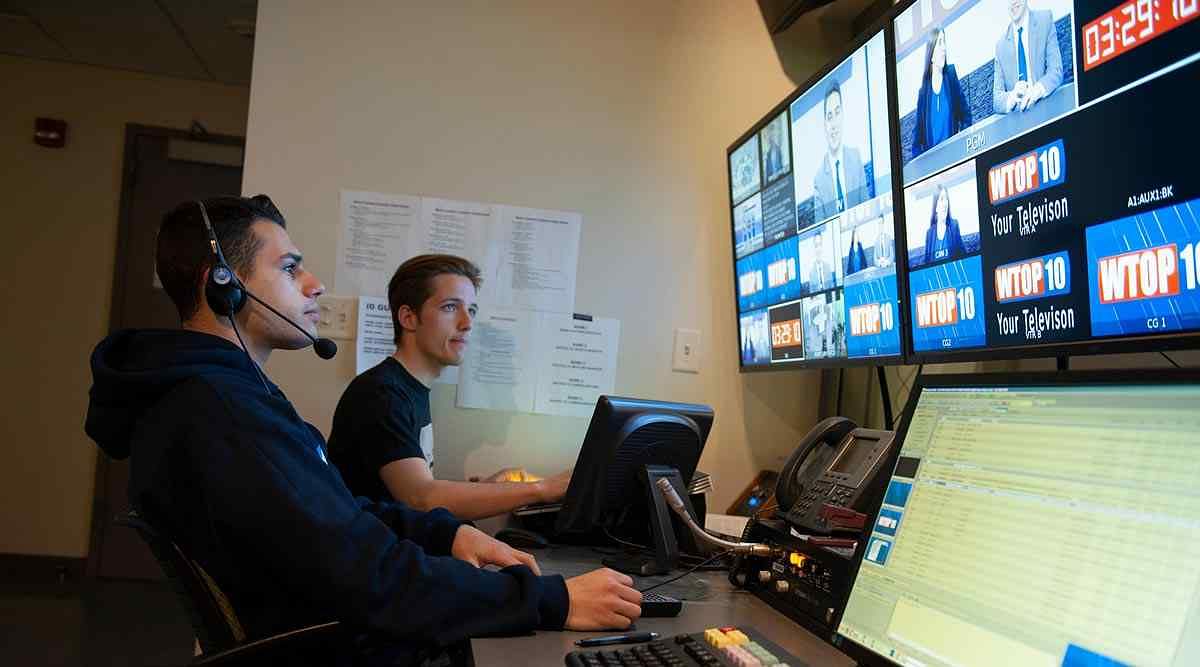

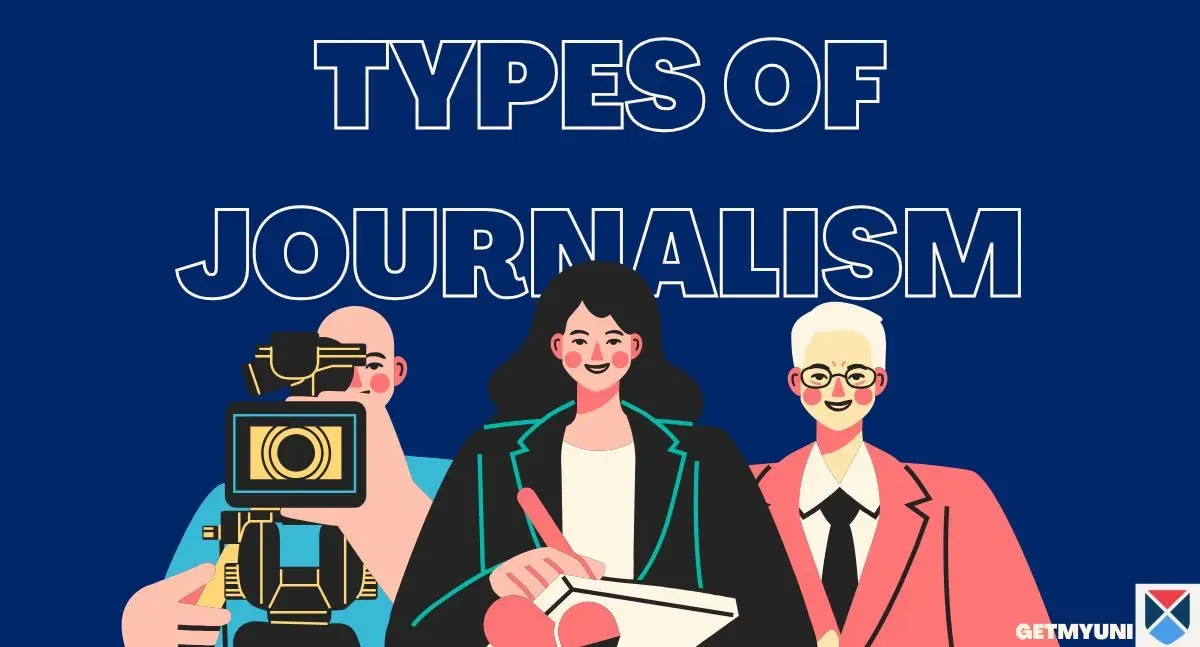





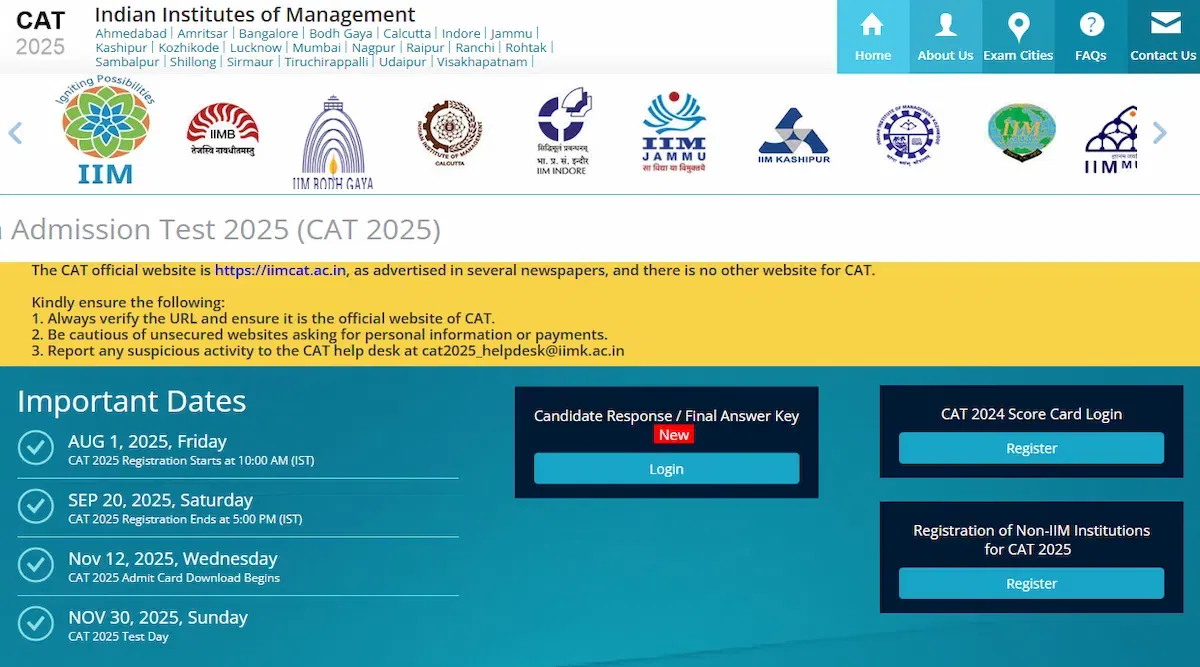
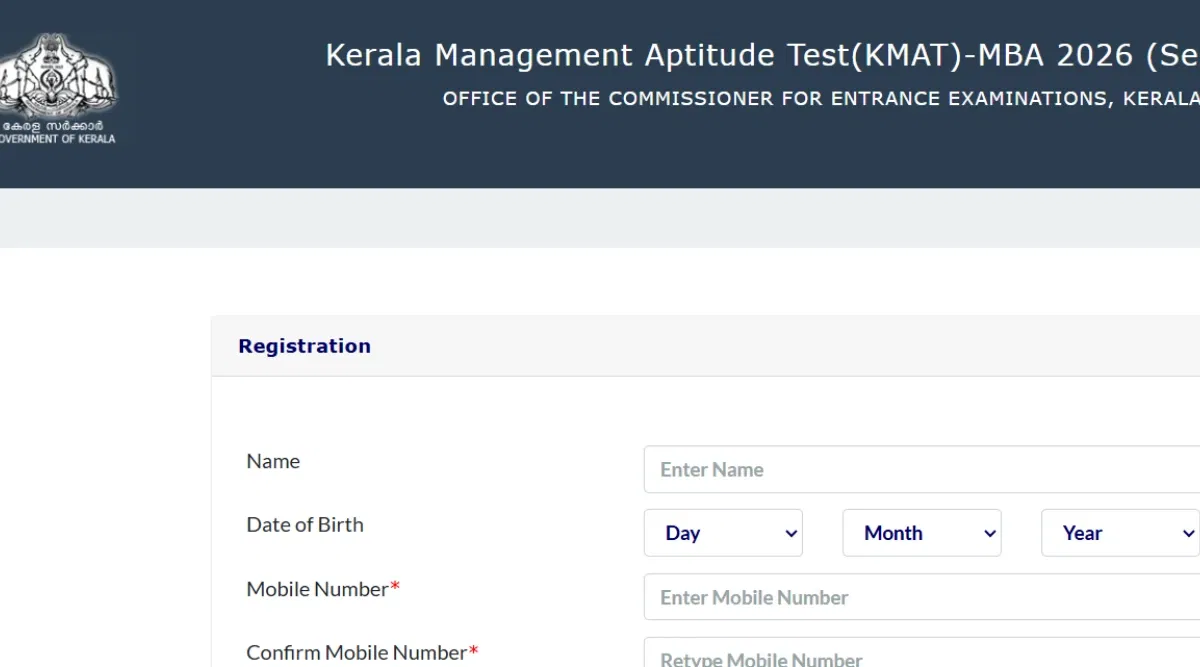
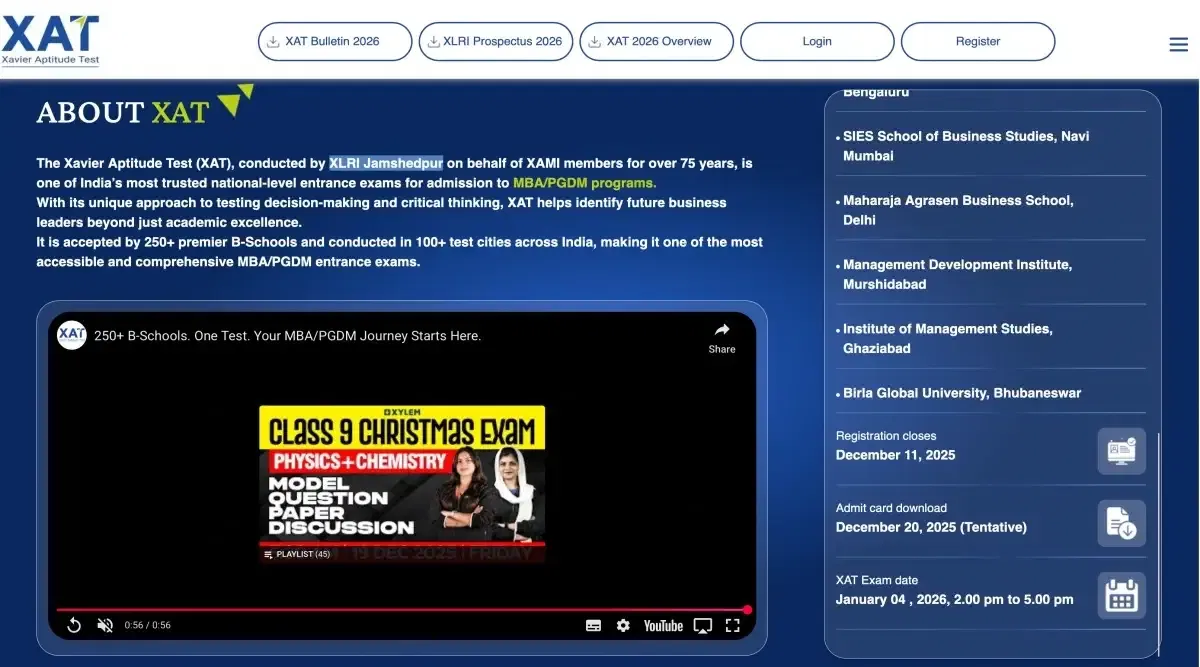
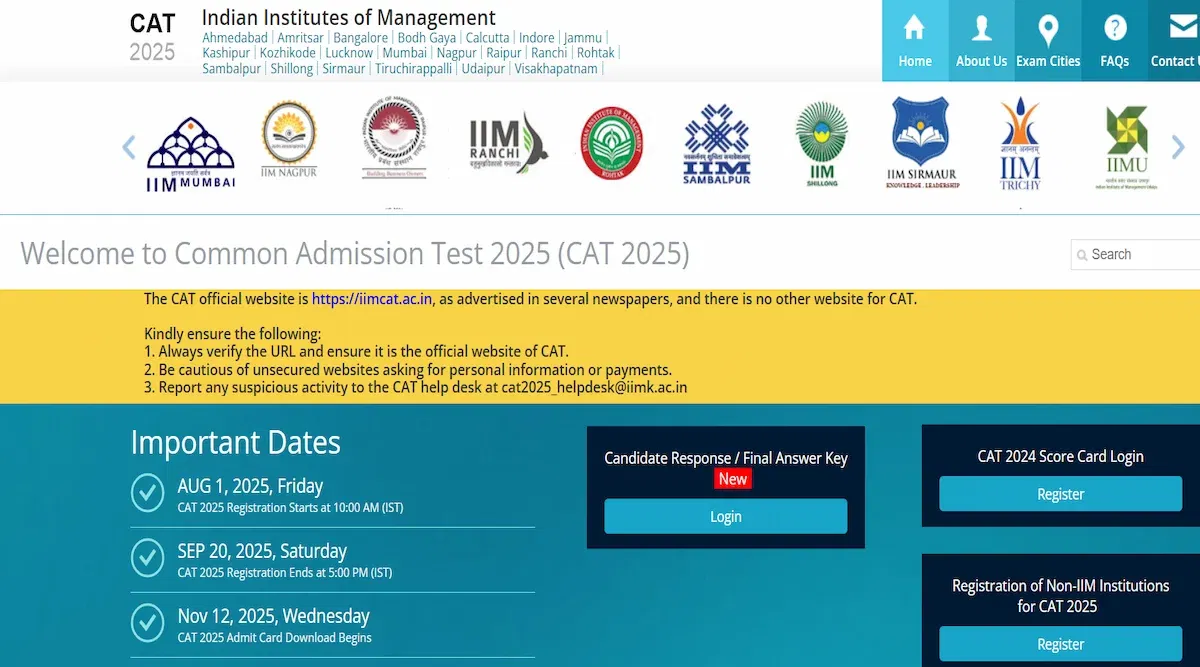



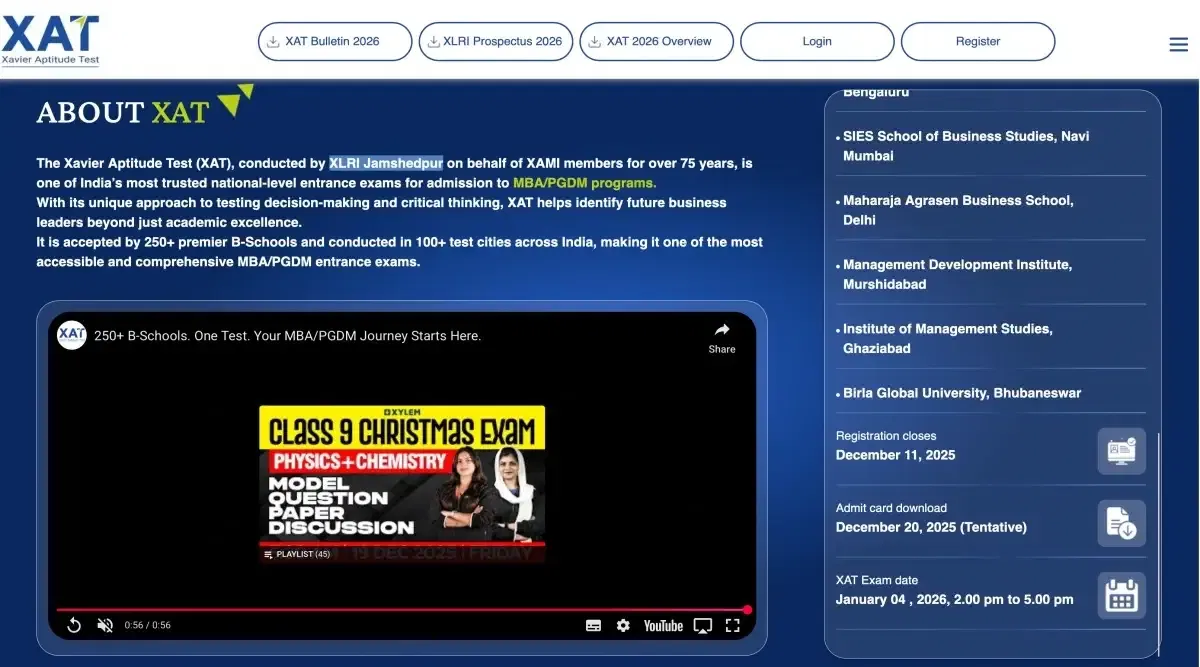

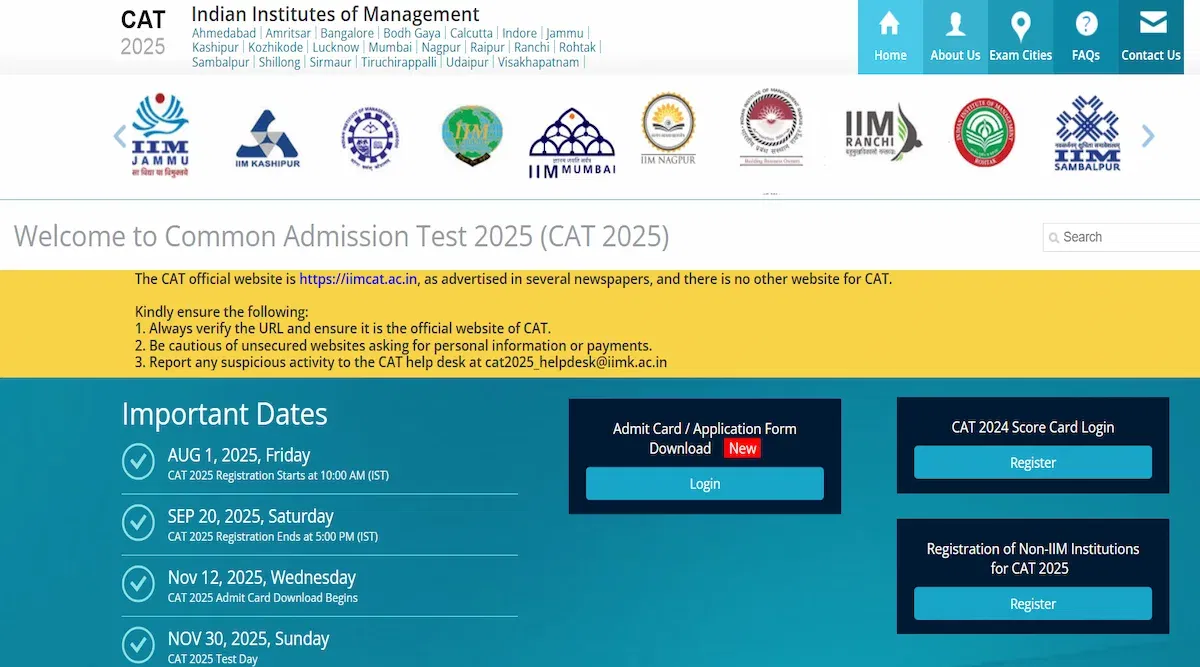

POST YOUR COMMENT